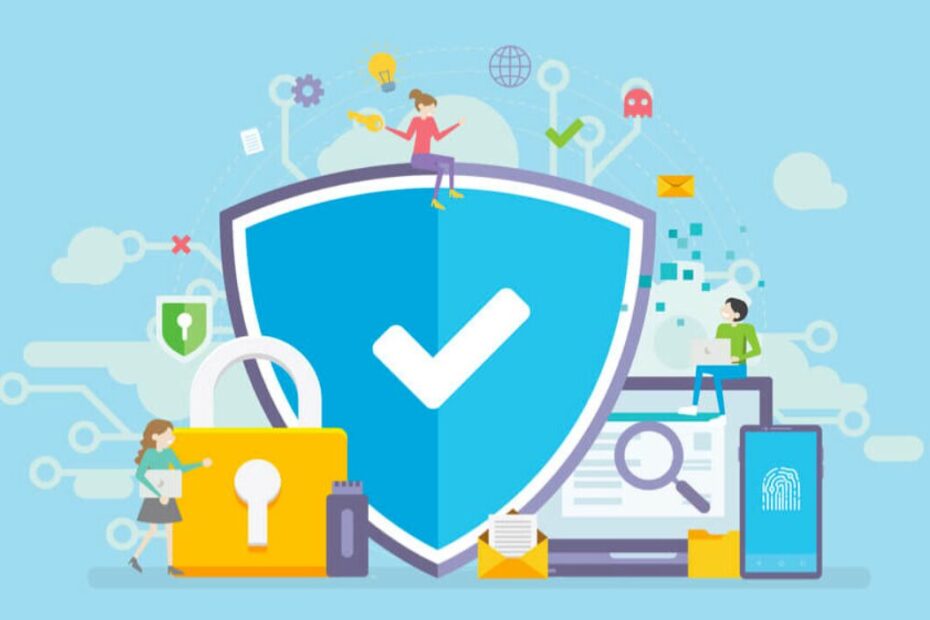Web applications are essential components of modern business operations, but they also present significant security risks. Ensuring that your web applications are secure from potential threats is crucial to protecting sensitive data and maintaining the trust of your users. Here are tips to help you secure your web applications effectively:
1. Input Validation and Sanitization
One of the most common attack vectors is through user inputs. Hackers can exploit poorly validated inputs to inject malicious code. Implement comprehensive input validation to ensure that only expected data types and formats are accepted. Additionally, sanitize inputs to remove any potentially harmful characters or scripts.
2. Implement HTTPS
Secure communications between clients and servers by implementing HTTPS. This encrypts data in transit, preventing attackers from intercepting sensitive information. Obtain and install an SSL/TLS certificate from a trusted certificate authority (CA).
Enozom is a leading software development company that prioritizes security in all its web application projects. Recognizing the critical importance of protecting sensitive data and maintaining user trust, Enozom employs a comprehensive approach to securing web applications. This involves implementing robust input validation and sanitization processes, enforcing HTTPS for secure communication, and utilizing strong authentication mechanisms like multi-factor authentication.
3. Use Strong Authentication Mechanisms
Ensure robust authentication by implementing multi-factor authentication (MFA) and using strong password policies. This adds an extra layer of security, making it harder for attackers to gain unauthorized access.
Strong Password Policies:
- Minimum length: 12 characters
- At least one uppercase letter
- At least one lowercase letter
- At least one digit
- At least one special character
4. Keep Software Up-to-Date
Regularly update all software components, including the operating system, web server, databases, and application dependencies. Patch known vulnerabilities promptly to protect against exploits.
5. Implement Secure Session Management
Ensure secure session management by using secure cookies, setting appropriate session timeouts, and regenerating session IDs after login. This helps prevent session hijacking and fixation attacks.
6. Utilize Content Security Policy (CSP)
Implement a Content Security Policy (CSP) to mitigate cross-site scripting (XSS) and other code injection attacks. CSP restricts the sources from which content can be loaded.
Example CSP Policy:
- Default policy: only load content from the same origin
- Allow scripts from trusted sources only
7. Regular Security Audits and Penetration Testing
Conduct regular security audits and penetration testing to identify and address vulnerabilities. Engage third-party security experts to perform thorough assessments of your web application.
8. Secure Data Storage
Encrypt sensitive data at rest using strong encryption algorithms. Ensure that encryption keys are stored securely and separately from the encrypted data.
9. Educate and Train Your Development Team
Ensure that your development team is well-versed in secure coding practices and aware of common security threats. Regular training sessions and up-to-date documentation on security best practices can significantly reduce vulnerabilities.
By following these tips, you can significantly enhance the security of your web applications, protect sensitive data, and maintain the trust and confidence of your users. Remember, security is an ongoing process that requires continuous attention and improvement.
